Photography is an art ( Read this & Be a Pro )
Aslaam o Alaikum!
Whether you are a beginner or more experienced with photography, here are some of our favorite tips that will help you improve your photography!
.....................................
Use the Rule of Thirds:

This rule helps you take eye-catching pictures by using one of the most effective rules of composition.If you want to take pictures that have a “wow” factor built in them, the Rule of Thirds is the composition secret you need to take advantage of!
To use the rule of thirds, imagine four lines, two lying horizontally across the image and two vertical creating nine even squares. Some images will look best with the focal point in the center square, but placing the subject off center at one of the intersecting points of the imaginary lines, will often create a more aesthetically composed photograph.When a photograph is composed using the rule of thirds the eyes will wander the frame. A picture composed by the rule of thirds is usually more interesting and pleasing to the eye.
.............................................
Avoid Camera Shake:
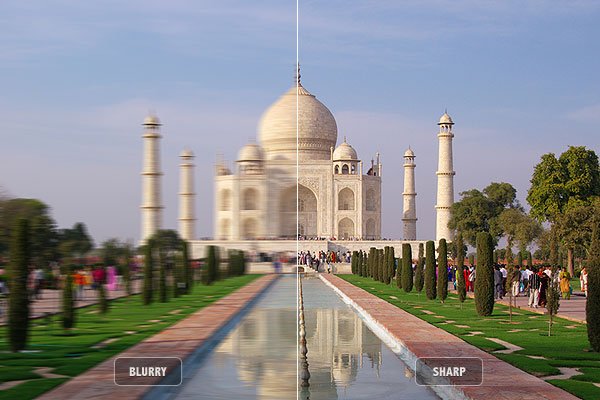
Camera shake or blur is something that can plague any photographer and here are some ways to avoid it.First, you need to learn how to hold your camera properly; use both hands, one around the body and one around the lens and hold the camera close to your body for support.Also, for handheld shooting, make sure that you are using a shutter speed that is appropriate for your lens’ focal length. If you’re shutter speed is too slow, any unintentional movement of the camera will result in your entire photograph coming out blurry. The rule of thumb is not to shoot at a shutter speed that is slower than your focal length to minimize this problem:
1 / Focal Length (in mm) = Minimum Shutter Speed (in seconds)
So, as an example, if you’re using a 100mm lens, then your shutter speed should be no lower than 1/100th of a second.Use a tripod or monopod whenever possible.Are you confused by any of the terminology? Do you want to easily control your camera and finally get rid of the confusion about focal length, aperture, shutter speed and other settings?
Learn to use the Exposure Triangle:
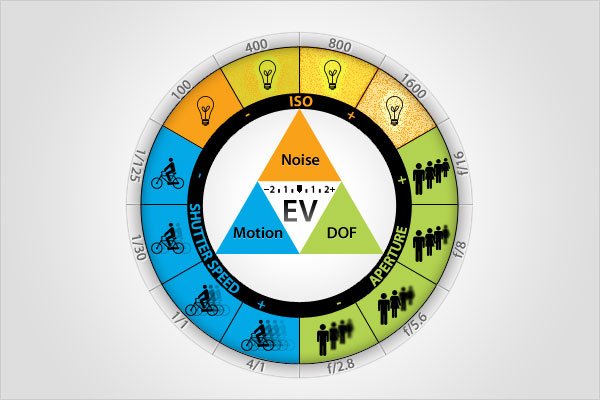
To get your photos looking their best in terms of exposure and overall appearance, you need to master the three basics: Aperture, Shutter Speed and ISO.You also need to understand the relationships between these three controls. When you adjust of of them, you would usually have to consider at least one of the others, to get the desired results.Using Auto Mode takes care of these controls, but you pay the price of not getting your photos to look the way you wanted them, and often disappointing.
Use a Polarizing Filter:
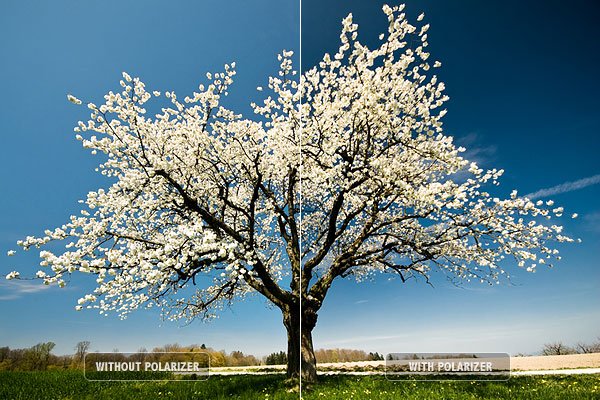
If you can only buy one filter for your lens, make it a polarizer.The recommended type of polarizer is circular because these allow your camera to use TTL (through the lens) metering such as auto exposure.This filter helps reduce reflections from water as well as metal and glass; it improves the colors of the sky and foliage, and will help give your photos the WOW factor. It will do all that while protecting your lens. There’s no reason why you can’t leave it on for all of your photography.
Create a Sense of Depth:
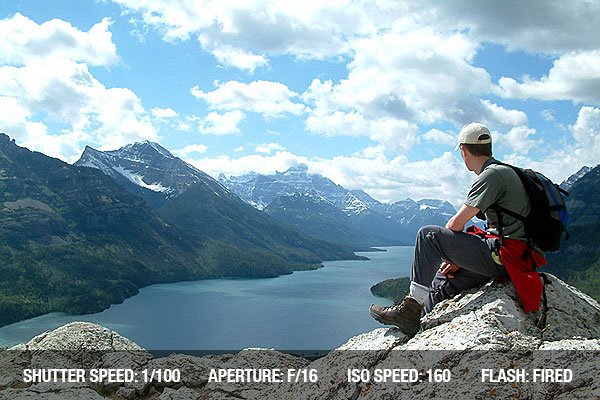
When photographing landscapes it really helps to create a sense of depth, in other words, make the viewer feel like they are there.Use a wide-angle lens for a panoramic view and a small aperture of f/16 or smaller to keep the foreground and background sharp. Placing an object or person in the foreground helps give a sense of scale and emphasizes how far away the distance is.Use a tripod if possible, as a small aperture usually requires a slower shutter speed.
Use simple Backgrounds:
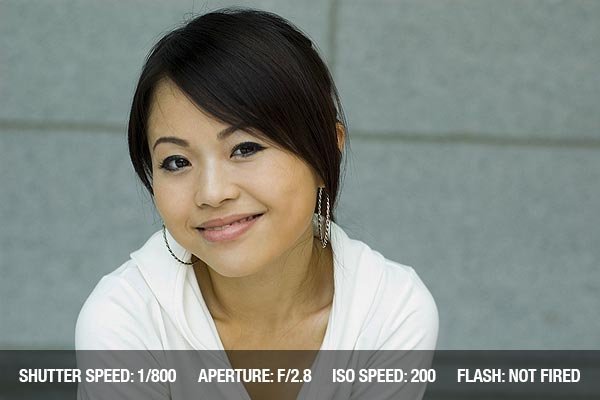
The simple approach is usually the best in digital photography, and you have to decide what needs to be in the shot, while not including anything that is a distraction.If possible, choose a plain background – in other words, neutral colors and simple patterns. You want the eye to be drawn to the focal point of the image rather than a patch of color or an odd building in the background. This is especially vital in a shot where the model is placed off center.
Don't use Flash Indoors:
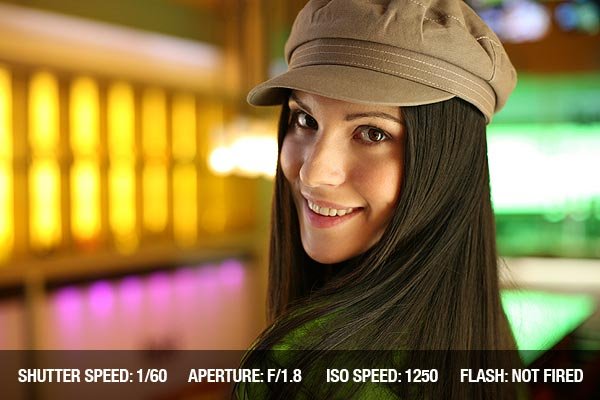
Flash can look harsh and unnatural especially for indoor portraits. Therefore, there are various ways you can take an image indoors without resorting to flash.First, push the ISO up – usually ISO 800 to 1600 will make a big difference for the shutter speed you can choose. Use the widest aperture possible – this way more light will reach the sensor and you will have a nice blurred background. Using a tripod or an I.S. (Image Stabilization) lens is also a great way to avoid blur.If you absolutely must use flash, then use a flash with a head you can rotate, and point the light to the ceiling on an angle.
Hope it will help you in photography.
Source: exposureguide